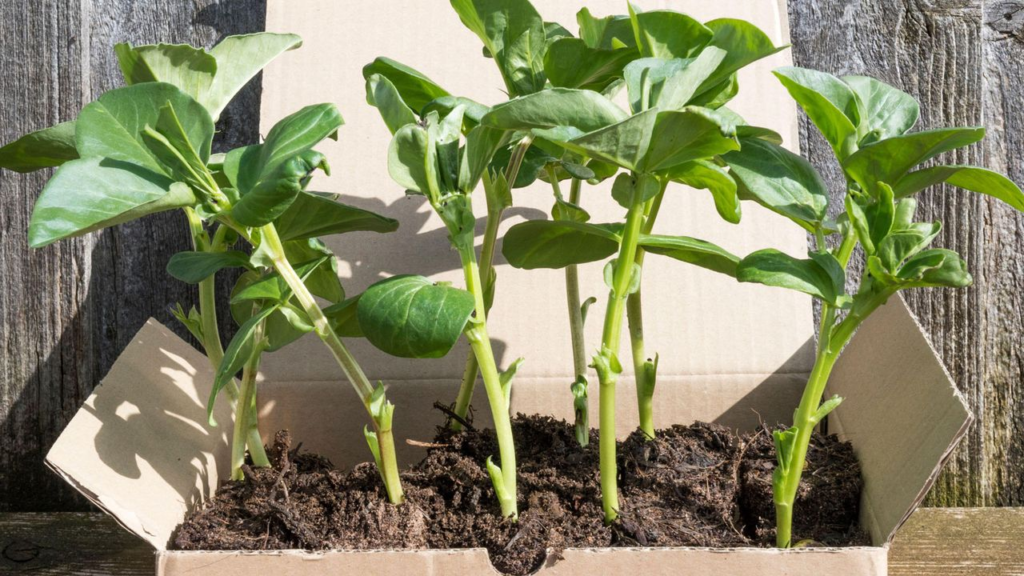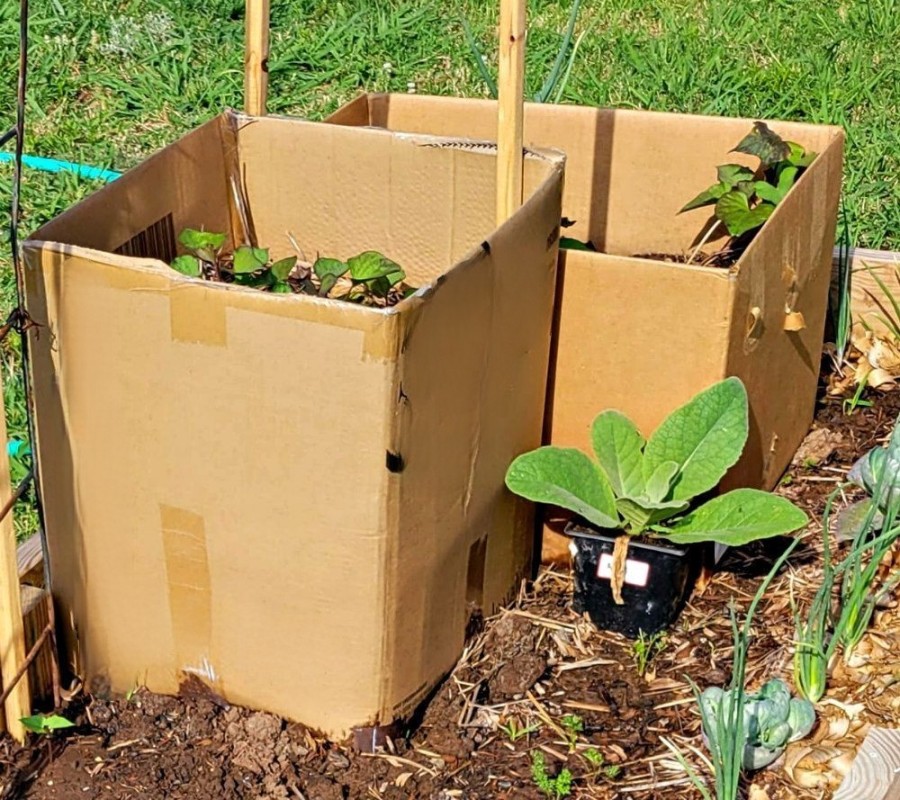Cardboard is an incredibly versatile tool for gardeners, offering an eco-friendly and effective solution for many common gardening challenges. Whether you’re smothering weeds, creating new garden spaces, or protecting plants from pests and the elements, cardboard can be a simple yet powerful resource.
One common use for cardboard in the garden is to protect garden beds. For example, after a deer destroyed my fall carrot crop, I used cardboard to preserve the soil’s readiness for planting until spring. I simply covered the garden bed with clean, unwaxed cardboard and weighed it down with stones, bricks, or firewood. Come spring, the cardboard can be easily removed, and the bed will be ready for new plants with minimal disturbance to the soil.
Why Use Clean Cardboard?
Certified organic gardeners often debate the use of cardboard, but it can be safely used in vegetable gardens if it’s “clean” cardboard—plain, unwaxed, and free of any sticky labels or excessive printing. The National Center for Appropriate Technology notes that corrugated cardboard is one of the least processed paper products, making it a safer choice for use in the garden compared to glossy or waxed cardboard, which may contain harmful chemicals.
Smothering Weeds with Cardboard
Cardboard is also an excellent method for controlling weeds. When I first moved to my current garden, much of the area had become overrun with nettles, blackberries, and poison ivy. To reclaim the land, I covered the soil with several layers of damp cardboard, adding soil and pulled weeds between the layers to maintain moisture. Over a few months, the weeds were weakened enough to allow me to remove them.
The method of using cardboard to smother existing vegetation is recommended by Wild Ones, a non-profit advocating for native plants. It’s a less disruptive approach compared to digging up the area, and it works especially well when creating raised garden beds. By lining the bottoms of the beds with cardboard, you can smother the grass and start gardening right away.

Using Cardboard in Dry Climates
If you live in a dry climate, it’s important to keep cardboard mulch moist. In these areas, it may be necessary to cover the cardboard with compost or another material to prevent it from drying out. Cardboard mulch that is kept too dry can attract termites, so it’s best to avoid using it in dry areas near your home.
Protecting Plants and Trapping Pests
Cardboard can also serve as a protective cover for plants. I’ve found that small cardboard boxes, or “box cloches,” are a great way to shield delicate plants like parsley from cold winds and extend their harvesting season. Simply weight the flaps down securely, and your plants will be protected from frost and wind.
Another unexpected benefit of cardboard is its ability to trap pests like the brown marmorated stink bug, a common garden nuisance. I discovered that a small cardboard box placed near my deck door could act as a passive trap. These bugs mistake the box for a safe place to hibernate and can easily be shaken into soapy water for removal.

A Sustainable Solution
As e-commerce continues to grow, many of us have an abundance of cardboard boxes at our disposal. Rather than discarding them, consider reusing them in your garden. Whether as mulch, protective covers, or pest traps, cardboard can help reduce waste while offering practical benefits for your vegetable garden.
If you’ve come up with other clever ways to use cardboard in your garden, feel free to share them—let’s learn from each other’s experiences!
